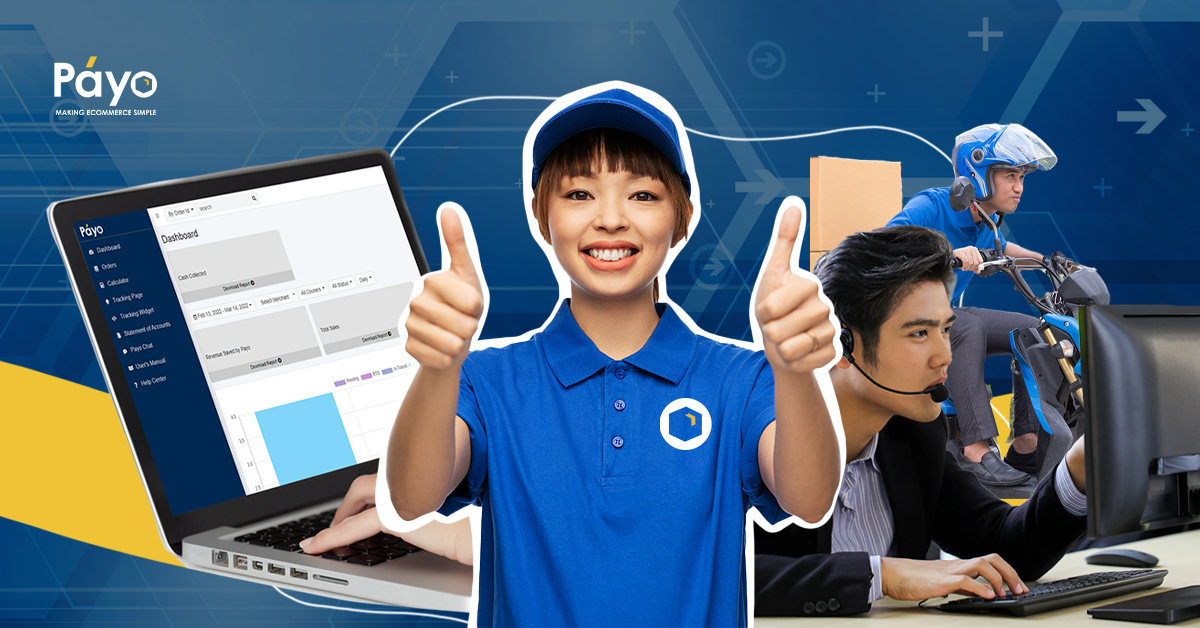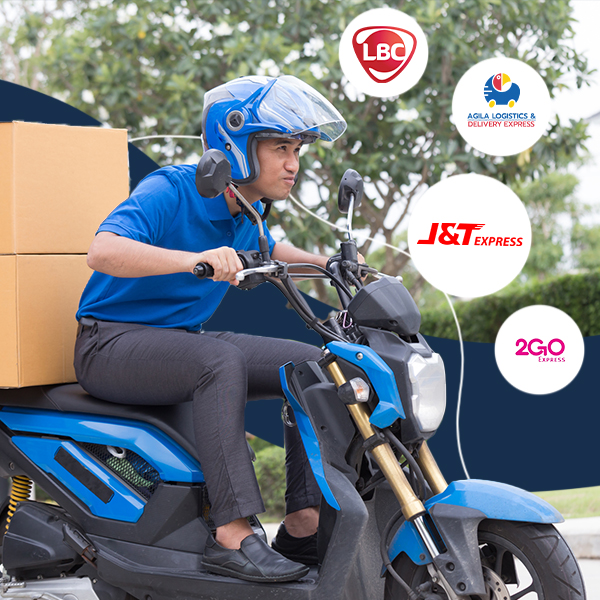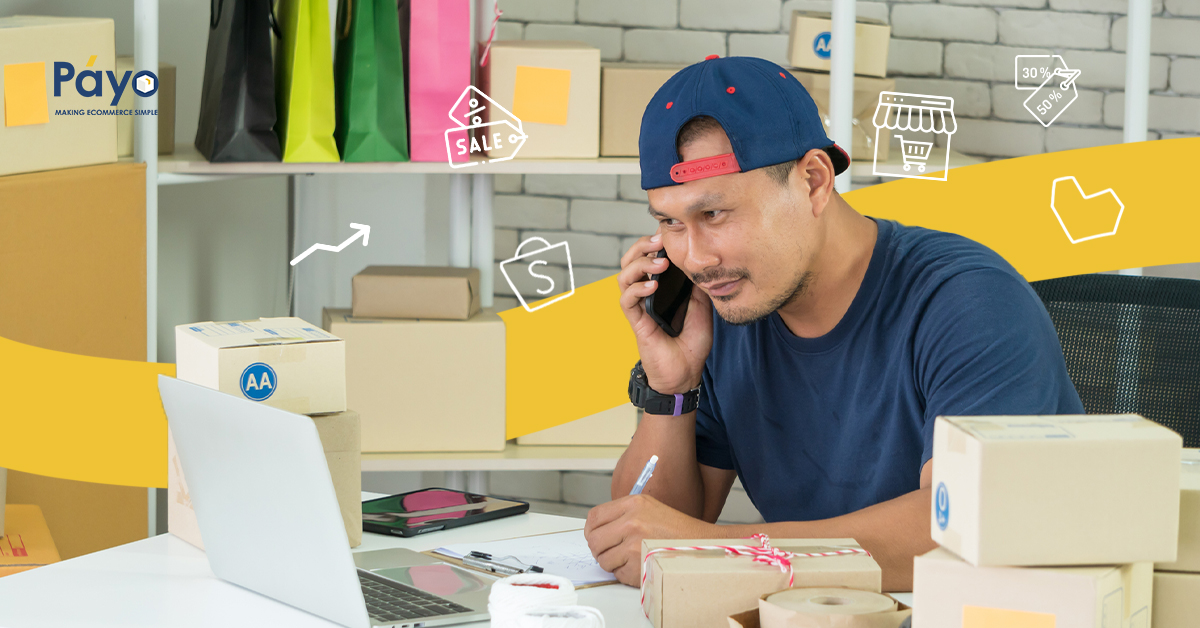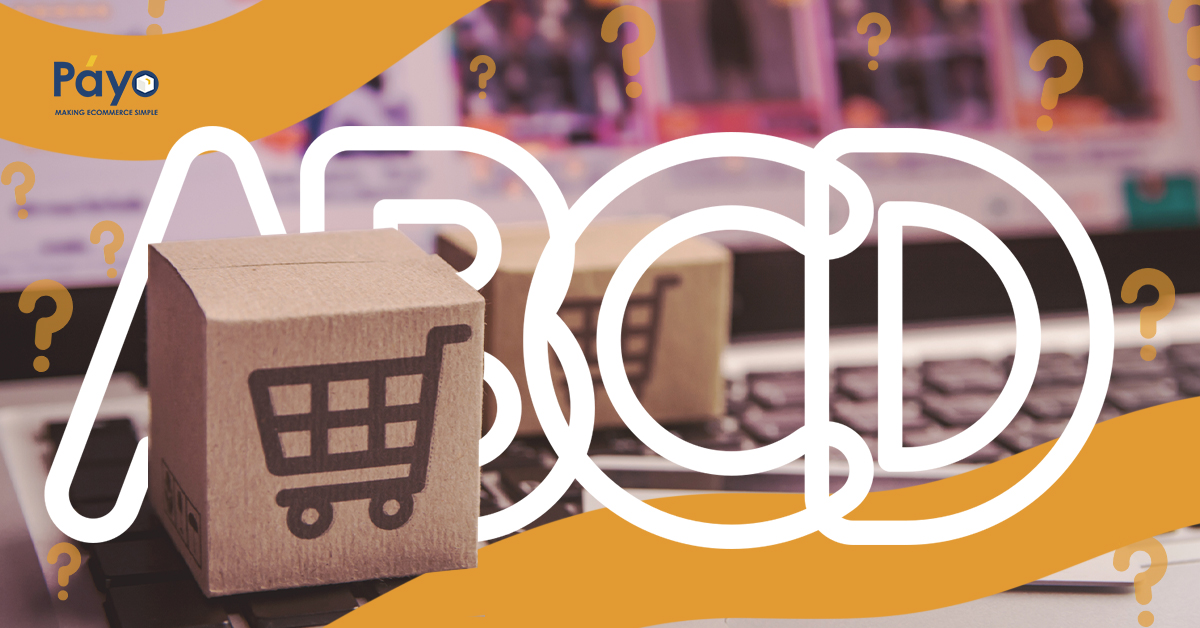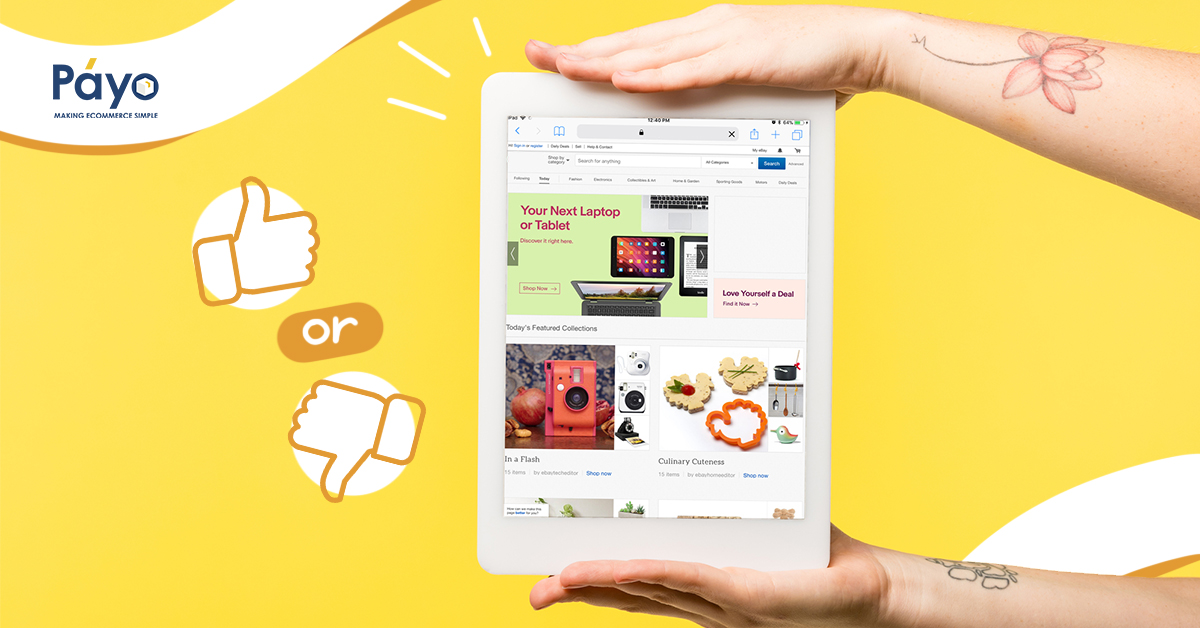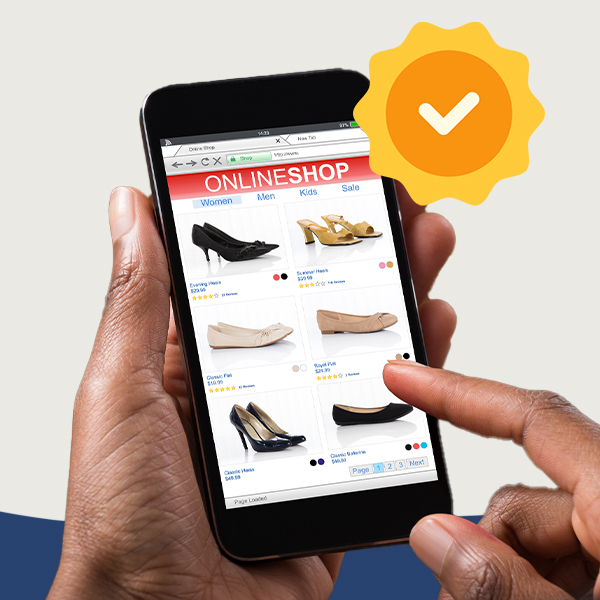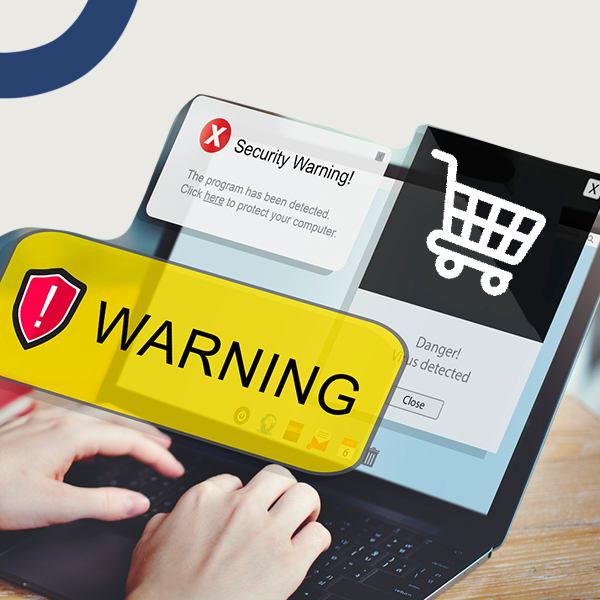E-commerce and social media are a match made in heaven.
More than just connecting and entertaining people, social media can now be used to build brand awareness, attract followers, and generate sales. E-commerce enablers in the Philippines believe that it is high time to integrate social media into selling as more customers use these platforms to research brands and buy products online.
Facebook and Instagram are among the popular platforms that merchants can use for social media selling. But how do you use these platforms to get those sales rolling? Read on to find out!
Stay updated on the latest social media features and tools
In social media selling, you have to be knowledgeable on the tools you can use to sell your products effectively. Facebook and Instagram Live are just some of the easiest ways to connect with your customers in real-time. Aside from the platforms’ Live features, you can also use Facebook Marketplace to promote your products easily; Shopping Tags feature to highlight product photos and videos from your Facebook page; and the Shop function where customers can discover trends and personalized recommendations all in one place.
It pays to be updated on these features and tools so you can better navigate the social media selling world.
Flaunt your personality
Building brand awareness is one of the main reasons why Philippine E-commerce enablers advocate social media use in E-commerce. Whether you’re using Facebook or Instagram, you can make your existing and potential customers recognize you if your brand has some personality to it.
For example, insert humor or even lighthearted remarks when you go live selling on Facebook or Instagram to engage with your viewers. But always remember that authenticity matters, especially online. So be sure to show your true self and represent your brand values as genuinely as possible.
Share User-Generated Content
Customers tend to read several reviews before buying something online. And when these reviews are based on honest opinions and experiences of previous customers, they‘re more likely to trust that your brand delivers on its promises.
As a merchant, you can make the most out of the content created by other customers to drive more sales. Share user-generated content like photos, unboxing videos, and reviews on your social media page. This is a sure-fire way to increase loyalty with your existing customers and add credibility to your brand whenever potential customers visit your social media.
Post content regularly
As you start gaining traction and building a following, you would want to be the go-to choice of your audience. Regularly posting on social media will help you stay visible and relevant online.
Go on Facebook and/or Instagram Live weekly or post photos on your timeline every other day. Update your Facebook Marketplace from time to time to show your latest products. Accompany your posts with eye-catching visuals. Remember — the more original and engaging your content is, the better.
Track and measure your social selling performance
Much like tracking your inventory and adjusting your pick-up schedules, tracking your social media selling strategies is equally important. This way, you can see how your live selling went, or even how a single post on your Instagram page has helped you generate leads and convert them into sales.
There are several metrics you can measure on social media including Reach, Engagement, Leads, and Conversions. There are also social media analytics reporting tools on Facebook and Instagram that will help you measure these metrics easily.
Work smart and optimize your social media
Social media selling can be a bit overwhelming, especially if you’re a one-man team. The good news is that you don’t have to do everything manually. You can work smart by automating some of the processes on your platforms. There are E-commerce enablers in the Philippines that can help you do this, which in turn can make answering queries and giving customers information on your products faster and easier.
Indeed, social media has emerged as one of the most effective marketing channels to thrive in E-commerce. And for you to grow as a merchant, you have to adapt to it, embrace it, and use it to your advantage.
But while it may be difficult to build your social media presence, Payo can help you with social media selling!
Payo, one of the Philippines’ top E-commerce enablers, has the right tools to get you started on social media selling. Our range of services, including Marketplace Optimization and Live Customer Support, can give you and your customers a seamless E-commerce journey.
Find the right leads and connect with people on social media with Payo! Sign up now or send us a message at [email protected] to kickstart your social media selling.


